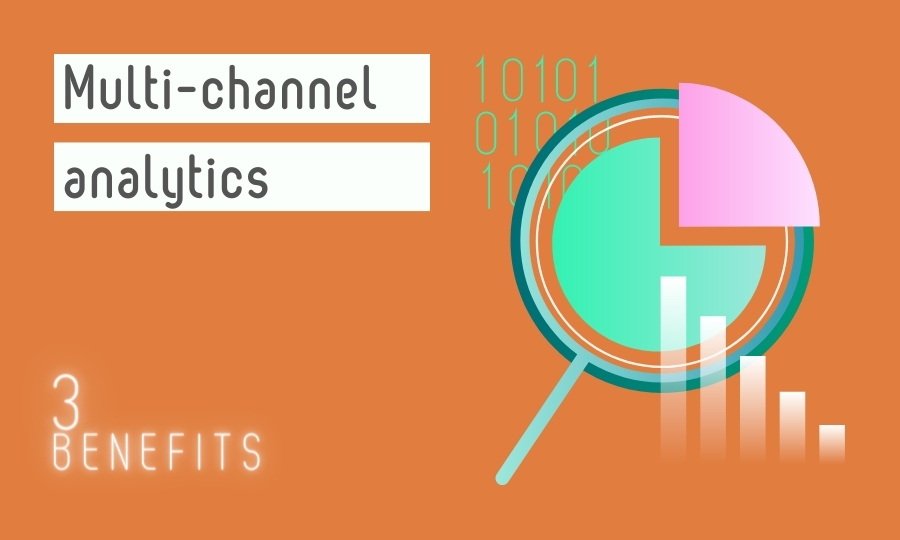A multi-channel campaign refers to when a marketer uses several media channels to deliver their marketing message.
For instance, one campaign could involve email, social media, mobile, display ads, television, OTT, and many other channels. By utilizing multiple channels, brands are able to interact with their audience across multiple touchpoints, which cuts through at a higher rate and leads to a more comprehensive campaign overall.
Any marketer that decides to run a multi-channel campaign needs to be able to understand how each channel is having an impact on performance, both collectively and individually. By having this information at your fingertips, you can raise budgets for the best performing channels, and lower budgets for the low performing channels to decrease budget wastage.
The key benefits of using cross-channel analytics
Better attribution
By tracking media performance across multiple channels, you can more accurately attribute transactions, conversions, and sales to the precise efforts that made them happen, which means you know what channels to ultimately back, and which ones need more work.
Greater control
It also aids you in determining the effectiveness of specific tactics, messages, and channels as soon (and during) the campaign has started. This means you can optimize your strategy as soon as possible, and catch issues before they’ve bled your budgets beyond salvation.
Enables future success
Multi-channel reporting helps you make better decisions for upcoming campaigns. You now have internal benchmarks, which enables you to contextualize performance for the future. This means you can hit the ground running, and you don’t have to question when something is or isn’t working – you’ll just know.
At Nudge, we give marketers a holistic view of multi-channel performance, content, to sentiment analysis with our easy-to-use dashboard. Learn more here.

|
|---|



